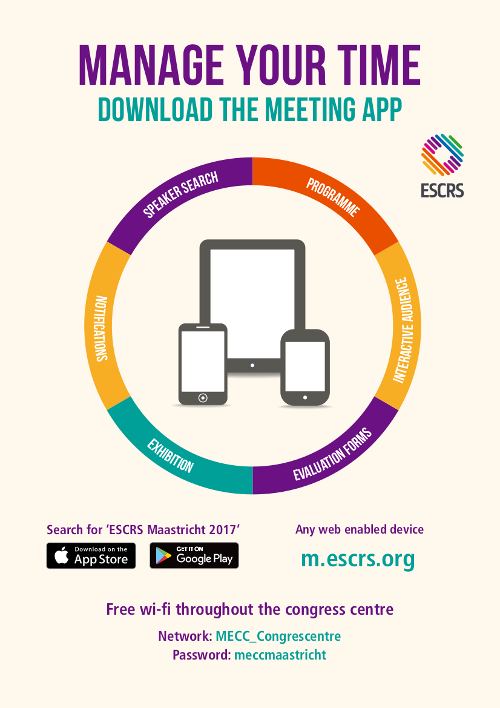Wearable sensor system for vision-related behaviour evaluation: initial testing
(results will display both Free Papers & Poster)
Session Details
Session Title: Cataract
Session Date/Time: Saturday 11/02/2017 | 08:30-11:00
Paper Time: 10:42
Venue: Auditorium 1
First Author: A. Cummings IRELAND
Co Author(s): P. Zakharov B. Pajic M. Mrochen
Abstract Details
Purpose:
To study performance of a newly developed system for evaluation of personal vision-related behaviour. In the preparation of many surgical applications (such as planning of cataract or refractive surgeries) objective evaluation of a patientメs behaviour patterns is required in order to customise the procedure to the individual needs. However, behaviour patterns as perceived subjectively by the patient might differ from actual situation and are often miscommunicated to the care provider. In order to address these challenges we have developed a Vision Behaviour Monitor (VBM) which allows the patient to track the vision behaviour in an objective and non-obtrusive way.
Setting:
Wellington Eye Clinic, Dublin, Ireland;
Orasis Augenklinik, Reinach, Switzerland;
IROC Science AG, Zurich, Switzerland;
Outpatient settings
Methods:
VBM is a wearable device mounted on userメs prescription or plano-glasses. The device is equipped with sensors for monitoring of visual working distance to the object in the direction of the userメs gaze. Head orientation and motion, ambient light intensity and other conditions are being also measured. Sensors measurements are transmitted via Bluetooth to the smartphone and registered by the mobile application. Measurements are performed in two regimes: session regime, when users are measuring while performing predefined set of vision-related activities (like, reading, computer, TV, driving etc.) and continuous passive regime, when measurements are performed during daily routine.
Results:
Volunteers reported high convenience of the device with minimal interference with daily routine. Measurements performed in session regime allowed to identify characteristic signatures of activities, which are not limited to the working distance, but also head motion pattern and spectral content. While there is variation in the specific parameters for different individuals, activities remain identifiable from the set of signal features. Distances to the object of visual activity differ largely between individuals which results in variations of vision demand by several dioptres. Variations in daily routine of individuals are observed mainly in distribution of time spent in various activities.
Conclusions:
VBM is comfortable to use during most of daily life activities. It provides the measurements which reflect the pattern of the individualメs behaviour and environment. VBM can potentially be used to investigate a patientメs needs for various ophthalmic applications, such as planning of cataract and refractive surgeries. VBM can also be used for self-monitoring to address vision-related issues of work ergonomics. Other applications can be clinical as well as usability studies related to vision activities.
Financial Disclosure:
is employed by a forNoneprofit company with an interest in the subject of the presentation



